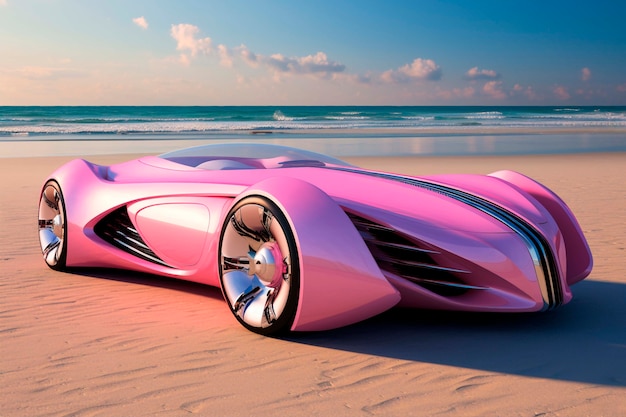
The Rivian R1T electric pickup truck has made quite a splash as the first offering from the new automaker. Along with its SUV counterpart, the R1S, it’s regarded as one of the top vehicles in its category. However, both models come with a hefty price tag—the starting price for the base R1 is around $73,000, making it unaffordable for many potential buyers. Rivian aims to cater to a broader market and is working on a new, more affordable platform called the Rivian R2.
If Rivian sticks to its current naming strategy, we might see several R2 models. These could include an R2S SUV and an R2T truck, both expected to be more budget-friendly than the current line-up. For now, the only rumored model is an R2 compact SUV, which we’ll focus on here.
If you’re hoping to own a Rivian SUV at a lower price, here’s what we know about the Rivian R2 so far.
Although Rivian hasn’t officially unveiled the R2 compact SUV, some spy shots have appeared online, raising excitement. These photos show a vehicle possibly larger than some people anticipated. Initially posted on the Rivian subreddit, the images depict a white SUV resembling the R1S but with subtle changes. The distinctive Rivian oval front headlights are still present, but the charging port has shifted to the rear right corner. While the R2 appears smaller than the R1S, it isn’t drastically so—raising questions about whether it could accommodate a three-row configuration or just two rows.
There’s always a chance these images could be doctored. But if they’re genuine, this could be our first look at the Rivian R2. We’ll have to wait for official confirmation.
One of the most appealing aspects of the Rivian R2 will be its price. Unlike the R1, the R2 aims to be more affordable than the R1S and R1T.
So, how much will it cost? Rivian has suggested that the R2 will be priced between $40,000 and $60,000. It’s not clear if the base model will start at $40,000 and go up to $60,000 with additional features, or if these figures represent different trim levels.
No matter the exact starting price, the lower cost will likely attract a lot of interest. It will make Rivian’s technology and design approach accessible to more people who might not have been able to afford the pricier R1S and R1T.
We might soon find out more about the Rivian R2’s launch. According to meeting notes from the Laguna Beach city council, Rivian is planning an event called “R2 Launch” on March 7, where they requested approval to display six vehicles in a local park.
These timelines aren’t too surprising. Rivian previously mentioned that it plans to launch the R2 in “early 2024,” with sales beginning in 2026. This means it will be a few years before we see the Rivian R2 on the roads, by which time the electric vehicle market will likely be even more competitive.
While Rivian hasn’t disclosed specific models or colors for the R2 yet, it’s expected that they will offer similar trim levels to the R1.
Since the R2 will be built on an entirely new platform, details about its charging speed and range are still unknown. Ideally, the R2 will offer a range of at least 300 miles.
The Rivian R1S and R1T currently support charging speeds up to 220 kilowatts, which is pretty fast but not the quickest on the market. Hopefully, the R2 will match or surpass this speed.
The Rivian R2 will likely use NACS charging ports, making it compatible with Tesla’s connectors.
We don’t yet have information about the Rivian R2’s performance, but it’s expected to come in single-motor and dual-motor options, just like the R1 models. This will likely include an all-wheel-drive version.
Rivian is a cutting-edge company known for its high-tech features. They’ve put considerable effort into developing user-friendly software, incorporating onboard Wi-Fi, wireless charging pads, and Alexa integration. It’s expected these features will continue with the R2, though it may still lack CarPlay and Android Auto compatibility.
Rivian’s current models include helpful driving aids like automated emergency braking, lane-departure warnings, and adaptive cruise control, which are expected to be available on the R2 as well.
Given that the Rivian R2 is still years from release, it’s uncertain whether it will qualify for the federal EV tax credit. However, if current laws remain unchanged, it will likely be eligible for a $7,500 tax credit since it will probably be manufactured in the U.S. Rivian already builds vehicles in Normal, Illinois, and plans to open a second factory near Atlanta in 2024.
We’re hoping the base model of the Rivian R2 will offer at least 300 miles of range. Ideally, it would also support ultra-fast 350 kW chargers, though this seems less likely considering the R1S and R1T peak at 220 kW.
Besides these features, we hope the R2 retains the design and tech elements that have made Rivian so popular. If Rivian can combine the aesthetics and features of the R1 at a lower price, the R2 is sure to be a hit among cost-conscious adventurers.